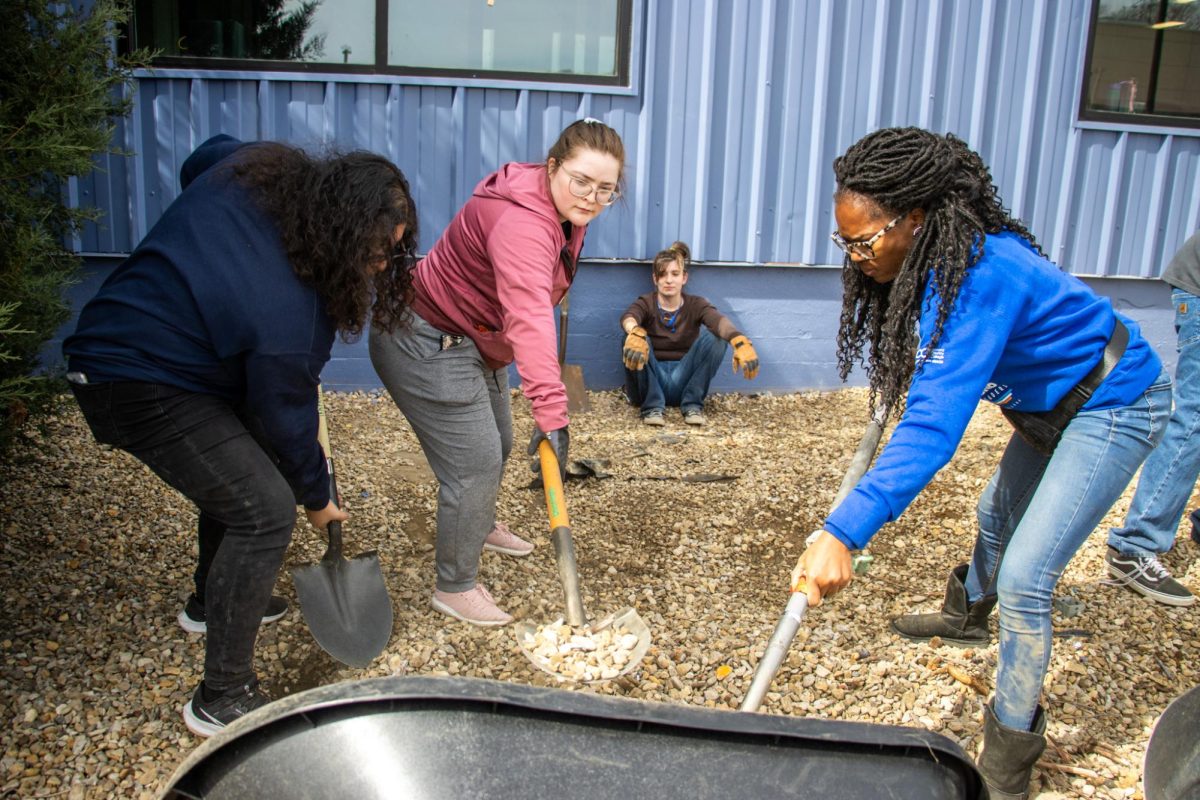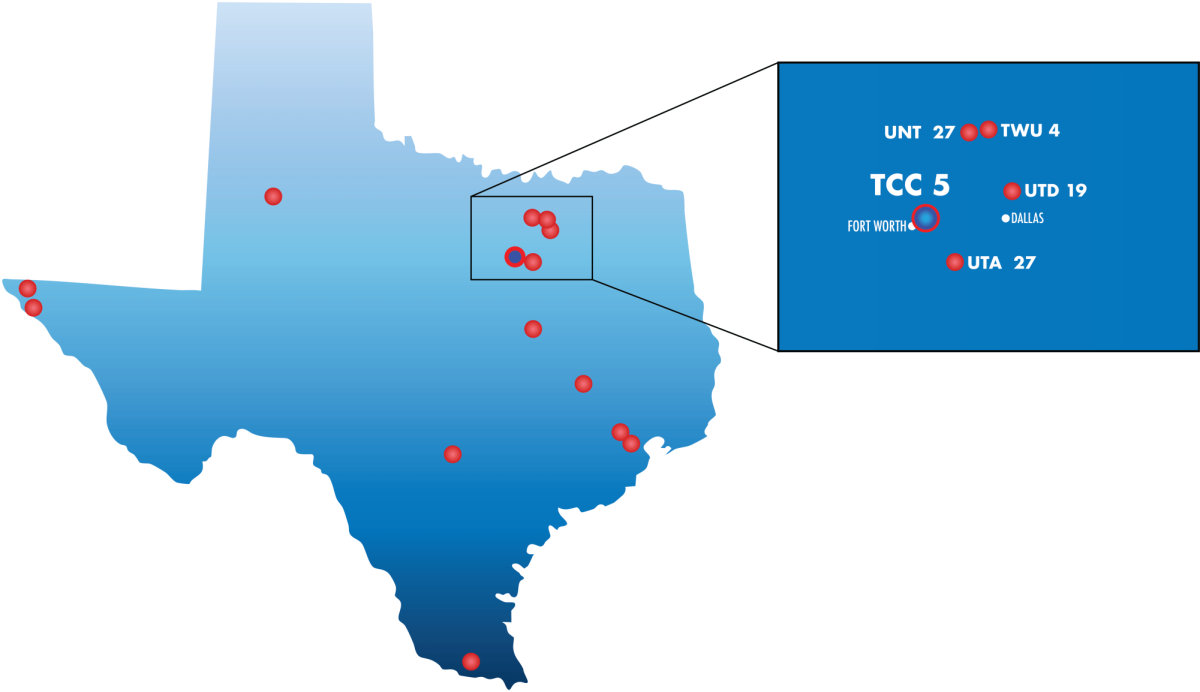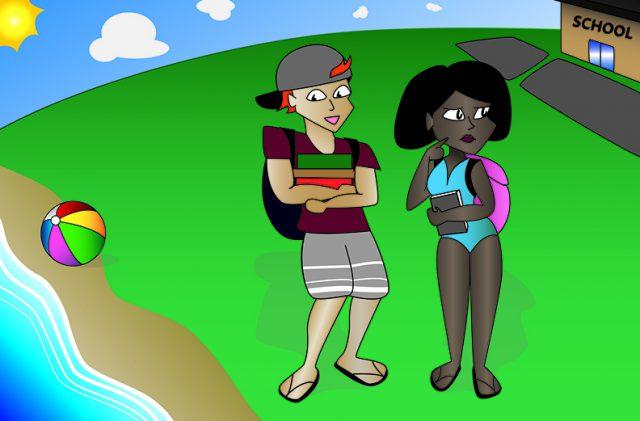By Jade Myers/campus editor
Registration is now open for courses in the summer.
For those thinking of taking them, here are some things to consider.
“It’s real compact and really accelerated,” said Kiesha Shelton, South special services coordinator. “Consider work obligations, personal family obligation, vacations, trips.”
During the summer, students have options as to how condensed of a class they want to take, but all semesters are shorter than a regular fall or spring semester.
“It’s 12 weeks, but we have various terms starting with Maymester,” she said.
That means for most of the sessions you are in the same class every day for a couple hours.
Maymester starts right after the spring semester ends and is only two weeks long, so it is extra accelerated.
Want to have a little break before taking a summer class on? Summer I starts in June and consists of five weeks of class that are Monday through Thursday as well.
“They’re taking our traditional 16-week course and condensing it into five weeks,” she said.
This means these classes have a quick turnaround for assignments, she said.
“For example, you could go to class on Monday and have to turn around Tuesday and have a major paper or math quiz or science lab, something major that’s due the next day,” Shelton said.
Summer II starts in July and is set up the same way as summer I, she said.
Students also need to know that they cannot take more than seven credit hours during either session.
“We want to caution you to think about plans you have for the summer like travel and personal responsibilities because often times there’s no wiggle room for missing too much class,” Shelton said.
A few classes offered are 10 weeks long and go from June through July, so they give you more time for one class.
TR student William Adkins took algebra during the summer on TR Campus.
“We had a quiz every week, and we had to do a lot of homework,” he said. “I did have a full-time job, and I have kids.”
He barely passed the class because it was so difficult to manage it all, Adkins said.
“Keep up with it. Don’t miss class,” NE Spanish instructor Erika Barragan said.
She teaches during the fall, spring and summer I.
Most students she gets in the summer go in knowing what they are getting into, and they do better because of that, she said.
“They actually stick with it more than during the regular semester,” she said.
Some students don’t mind the hard work and like the idea of knocking out a few classes in the summer and getting ahead.
“A lot of students take advantage of the summer, and they like the pace and the fact that you can go every day of the week,” Shelton said. “They’re involved with the material every day, which means their recall and memory of that information and their processing of that information is consistent throughout the week.”
The difficulty of taking a class during the summer also depends on the difficulty of the class you take.
“They were pretty straightforward and easy,” South student Tommy Hermosillo said. “It was light work.”
Hermosillo took a kinesiology and drama class during the summer, which are classes that are not usually homework heavy.
“It’s all about time management as well,” Shelton said. “There are some classes where it is beneficial to take them in the summer, but you have to know who you are as a student, who you are as a learner.”




































